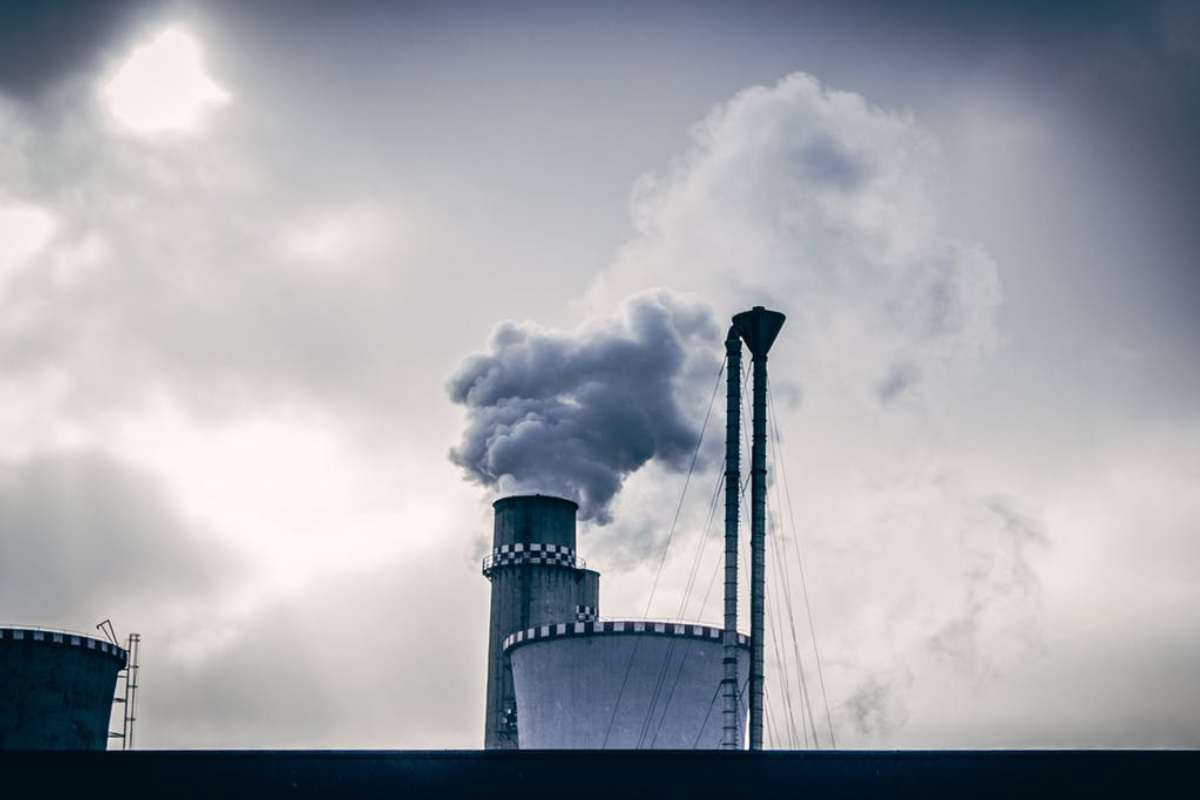The steel industry continues to face a challenging economic environment due to the economic slowdown in China, volatility in financial markets, sluggish growth in global trade, and low prices of oil and other commodities.
In the first quarter of 2016, per the World Steel Association, global steel production decreased 3.6% to 386 metric tons (Mt) as production shrank across all regions. China, the world’s largest steel maker, again disappointed with a 3.2% decline.
Economic slowdown in China has dealt a massive blow to the global steel industry. Overcapacity and lower steel prices are hurting margins of Chinese steel producers. To mitigate these factors, efforts have been undertaken to reduce overcapacity and upgrade production in China’s steel industry.
According to the World Steel Association’s short range outlook published in April, steel usage in China is expected to fall 4% in 2016. The severe depression in construction activities is leading to a slowdown in the manufacturing sectors, especially metal products, as well as to slower growth in the automotive sector. A recovery in the Chinese construction sector does not seem likely in the near future either.
The NZ market continues to be threatened with cheap imports from overseas producers, especially from China. To top it all, the slump in oil has pulled down prices of steel as well
What’s in store for the industry?
The World Steel Association expects global apparent steel use to dip 0.8% in 2016 to 1,488 Mt, after the decline in 2015. However, the U.S. Department of Commerce (DOC) has imposed a hefty final anti-dumping duty rate of 265.79% on imports of cold-rolled steel from China. The DOC also levied a massive final countervailing duty rate of 256.44% on Chinese imports, higher than the preliminary duty rate of 227.29% imposed in Dec 2015. This should prove to be a major boost for U.S. steel companies in their battle against unfairly-traded, cheap imports into the country’s market.
The International Monetary Fund (IMF) projects China’s growth to slow down further to 6.2% in 2016. Moreover, currency devaluation would make Chinese exports competitive in the global markets. Thus, a further increase in Chinese steel exports this year is likely, as the country seeks to increase overall exports to counter the domestic slowdown.
Meanwhile, much hope is pinned on India, which is expected to act as the next growth engine, given its progressing construction and manufacturing sectors, rapid urbanization and structural reforms. The European economy, on the other hand, is on a slow road to recovery.
Some good news is that although the steel industry will remain under pressure for some time, it is certainly expected to grow thereafter on the back of the construction industry. (Source: Yahoo Business)
Steel overcapacity: is the end in sight?
The dual impact of the global financial crisis and surging steel production in China has meant constrained markets and global rock bottom prices for steel. This has resulted in many steel producers closing plants and laying off workers with the latest prospective closure being Port Talbot Steel Works in Wales, owned by Tata Steel.
Recent research by the Institute for Public Policy Research predicts that if the steel works closes there will be 15,000 people laid off and at least a twenty year employment impact on the local economy.
There are many drivers of viability and in addition to price of steel there is are also issues around the efficiency of technologies used and energy prices. While part of the problem with oversupply in the steel market is attributable to Chinese expansion of production over the last decade they recognise that this hasn’t been good for their steel producers either with many users of old technology operating at below the cost of production.
Hebei Province which wraps around the municipalities of Beijing and Tianjin is the largest steel producer in China and as part of the countries efforts to reduce over capacity and upgrade production they are closing many steel plants over the next five years which will mean 150 000 workers being displaced from their jobs.
Five years is not fast but 150,000 workers to handle is significant though as reported by the Global Times, none of them would be left jobless. This is part of a projected 250,000 steel plant workers who will lose their jobs across the country.
While this may be too little too late for Port Talbot it does mean that there is light on the horizon for more balance between capacity and demand into the future.
Overcapacity and under-priced
Cheap steel caused by the global oversupply is both a positive and a negative for New Zealand industry. Positive because there is reduced material cost and negative because if the export price is low and producers, particularly in China are over-stocked. Chinese fabricators are buying at an even lower price which helps explain why sometimes imports of fabricated steelwork are almost the same price as the material cost alone.
China recently committed to closing outdated steel mills and modernising the industry though they recognised this would take several years to achieve. The latest announcement in relation to this is that Hebei, which is China’s largest steel producing area will lay off 150,000 steel workers over the next five years as plants are closed. This will help reduce the steel capacity oversupply which is currently holding down steel prices.
But in the short term low prices will probably prevail since according to Reuters the Chinese Government has instructed Chinese banks to finance the steel industry to facilitate exports to help reduce an oversupply of steel in the domestic market. How this plays out in terms of anti-dumping activities is yet to be seen but it is likely that the export of low price finished steelwork out of China will continue to be seen.
US slaps China steel imports with fivefold tax increase
The US has raised its import duties on Chinese steelmakers by more than fivefold after accusing them of selling their products below market prices. The taxes of 522% specifically apply to Chinese-made cold-rolled flat steel, which is used in car manufacturing, shipping containers and construction. The Commerce Department also levied anti-dumping duties of 71% on Japanese-made cold-rolled steel.
The US Commerce Department ruling comes amid heightened trade tensions between the two sides over several products, including chicken parts. Steel is an especially sensitive issue. US and European steel producers claim China is distorting the global market and undercutting them by dumping its excess supply abroad.
The ruling itself is only directed at what is a small amount of steel from China and Japan and won’t have much of an impact – but it is the politics of the ruling that’s worth noting. It is an election year, and US presidential candidates have been ramping up the rhetoric on what they say are unfair trade practices by China.
US steel makers say that the Chinese government unfairly subsidises its steel exports. Meanwhile China has been under pressure to save its steel sector, which is suffering from over-capacity issues because of slowing demand at home.

